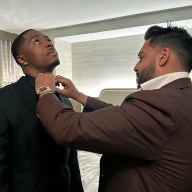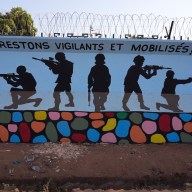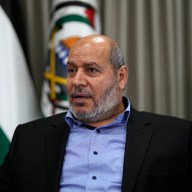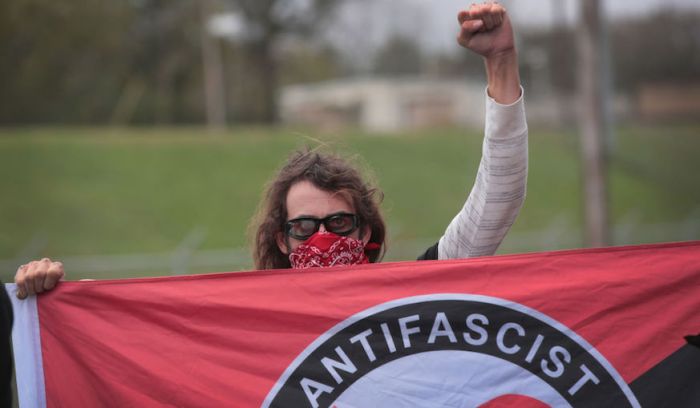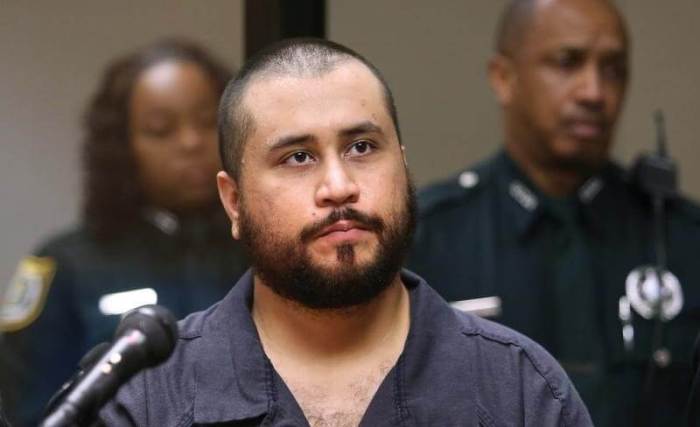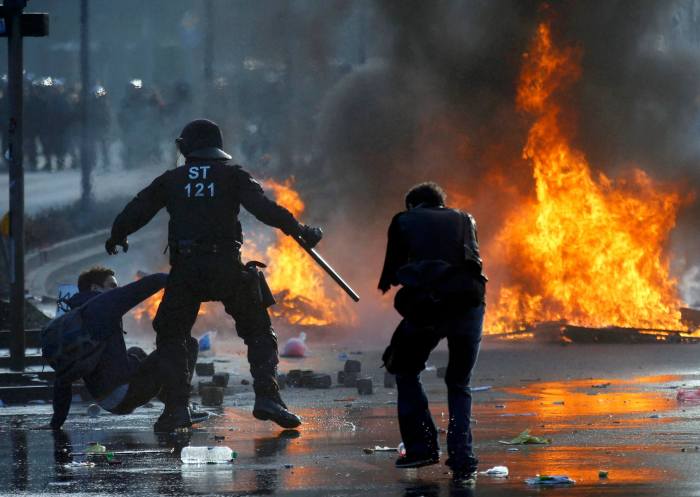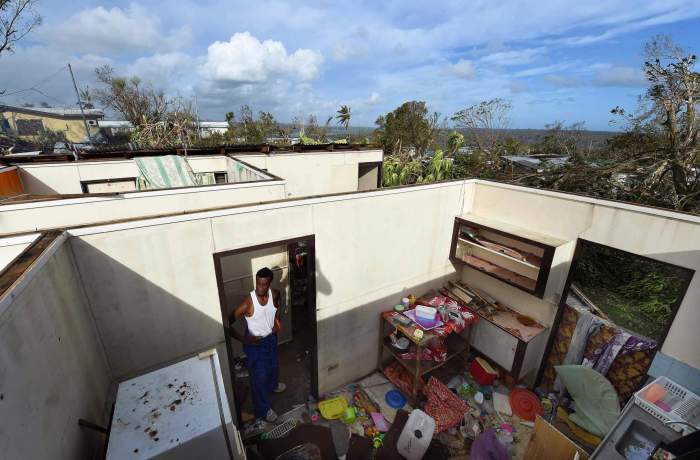In recent months, millions across the globe have taken to the streets to rally against President Donald Trump and inequality and to raise awareness for climate change, the importance of science and countless other causes.
“Here we are in this situation where there’s all this unprecedented danger, cuts to social programs, healthcare … but it’s also an opportunity to build mass movements,” Marni Halasa, a self-described “professional protester,” told Metro.
Over the past 18 years, the professional figure skater and coach of the Sky Rink All Stars (who also dabbled in journalism and law) has certainly earned that moniker and become a well-known protest personality.
“I used to jump into parades – sometimes the police would escort me out – but I’ve been drawn to these big events where the public is always present,” Halasa said.
Her interest in getting involved in such happenings across New York City wasn’t fueled by ego or the chance to wear one of her fabulous costumes — heck, she doesn’t even do it for monetary gain.
“I wanted to kind of give my energy in that way, to diffuse tensions — it’s a way to get a political message out there in a more illustrative way,” she said.
Halasa found her true niche when she became involved in Occupy Wall Street in 2011 and helped spread the message of the movement when the media was drawn to her.
Because she’s such a force in the protest community, Halasa — along with actor/director/puppeteer Elliot Crown and filmmaker and Occupy.com co-founder David Sauvage — will present a panel entitled “Protests That Work” at Left Forum at John Jay College of Criminal Justice on Saturday.
The panel will cover how people organizing rallies or protests can get media attention, negotiate with power and collectively gather.
“Protesting is one of the most important things you can probably do; it can really change things,” said Halasa, who also counts Alternative Banking among the many groups she regularly works with.
A protesting primer
Because Halasa is such a powerful and popular figure in the protest world and is actually writing a book about protesting, we asked her to share her tips for organizing and attending protests.
The Top Five Things to Know About Planning a Protest
• Define the injustice, and set clear and specific demands of what needs to be changed
• Choose a very public location with significance and a time when people can attend
• Invite people, politically aligned groups, community leaders, politicians, activists, friends, family, co-workers and students to attend
• Alert the local and national media, journalists, photographers and bloggers
• Organize protest materials, signage with catchy slogans, informative flyers for the public, art, etc.
• As icing on the cake, if possible, provide entertainment, performance art, giveaways, etc., to create party-like fun for participants and keep them engaged
The Top Five Things to Know About Attending a Protest
• Craft a creative message for a sign/art in advance so you can easily communicate your message in a big way, but no wood or metal allowed for signage
• Wear comfortable shoes and appropriate clothing — you will be outdoors, you may march, etc.
• Know how far you want to go at the protest. Do you want to engage in civil disobedience and possibly get arrested or not? Keep pedestrian walkways clear since police regulate walkways
• Know your state/city rules of protesting, how to interact with police, who protest organizers are and the phone number of a local lawyer who represents protesters
• Understand that protests are unpredictable. Stay alert, stay safe and watch for counterprotests, agitators
Left Forum takes place June 2-4 at John Jay College of Criminal Justice at 899 10th Ave. “Protests That Work” will be held Saturday, June 3 at noon.


